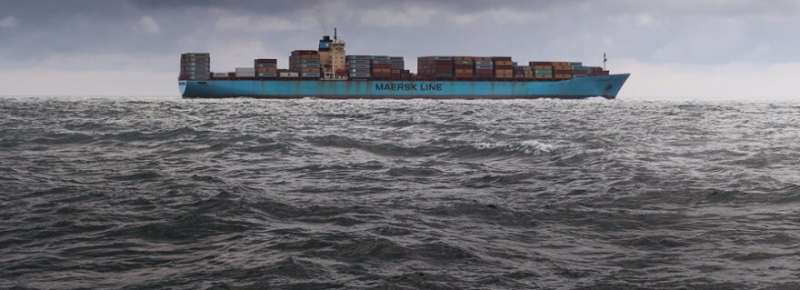Measuring sulfur with satellites

Seagoing vessels may emit fewer and fewer harmful substances, but how do you measure whether they comply with the standards? The Dutch Environment and Transport Inspectorate (ILT) and the universities of Leiden and Wageningen are starting a joint study to detect the emission of sulfur and nitrogen dioxide from sea-going vessels with satellite images.
As of 1 January 2020, the rules for the emission of sulfur dioxide from sea-going vessels have been tightened. The maximum allowed sulfur content in fuel oil is lowered from 3.5% to 0.5%. For the emission of nitrogen dioxide, stricter standards have been set from 2021 onwards for new build vessels in the North and Baltic Sea. At present, there is a lack of instruments to monitor tens of thousands of sea-going vessels worldwide that, far out of sight of regulators, have to use cleaner but more expensive fuel or have to install expensive waste gas treatment systems onboard.
Protecting our environment
ILT supervises international rules for the emission of sea-going vessels for the Netherlands. Jan van den Bos, Inspector General of ILT: "The emission of sulfur and nitrogen oxides from sea-going vessels is harmful to people and to the environment. Part of the emissions above sea also reaches land. We already monitor sulfur in ports and off the coast in various ways. Monitoring via satellites far away at sea is a good step in improving enforcement. We do this for our living environment, as well as for fair competition in the shipping industry."
Jacqueline Meulman, professor of applied statistics at Leiden University: "Our most important goal is to calculate the degree of pollution per ship. We provide the knowledge for verification algorithms that can identify patterns in the huge flow of data. We use intelligent, self-learning algorithms, as well as (statistical) theories about missing values in the measurements."
Wageningen University & Research provides expertise in interpreting satellite data and modeling the emission and spread of pollutants. Folkert Boersma, associate professor of Meteorology and Air Quality: "We are already able to measure exact emissions from large cities using the "Dutch' satellite instrument TROPOMI. But the satellite also does measurements above the open sea. This allows us to zoom in on the emissions from individual ships. It would be great if we could use TROPOMI to check whether the ships comply with the rules at sea."
Provided by Leiden University





















